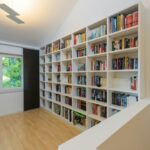Table of Contents
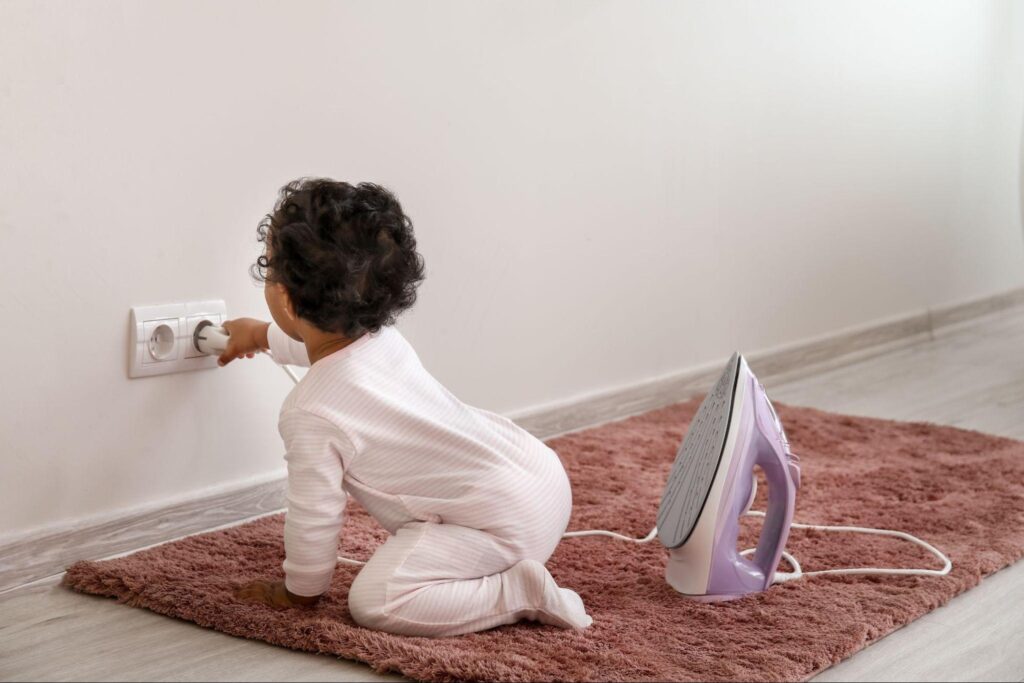
The arrival of small children once meant relegating stylish interiors to “someday” status. Today’s parents, however, refuse to surrender good design to the realities of family life. With thoughtful planning and strategic product selection, you can create spaces that protect curious little ones while maintaining the aesthetic integrity of your home. Here’s how to how to childproof your home without sacrificing style.
Rethink Your Foundational Furniture
The most effective childproofing starts with furniture selection rather than add-on products. Choosing pieces with inherently child-friendly characteristics eliminates many safety concerns without introducing visually disruptive safety devices.
Tables with rounded corners prevent the head injuries that sharp edges can cause. Look for designs where rounded edges constitute part of the aesthetic rather than appearing as an obvious safety feature. Many mid-century modern and contemporary designs incorporate these softer edges as intentional style elements.
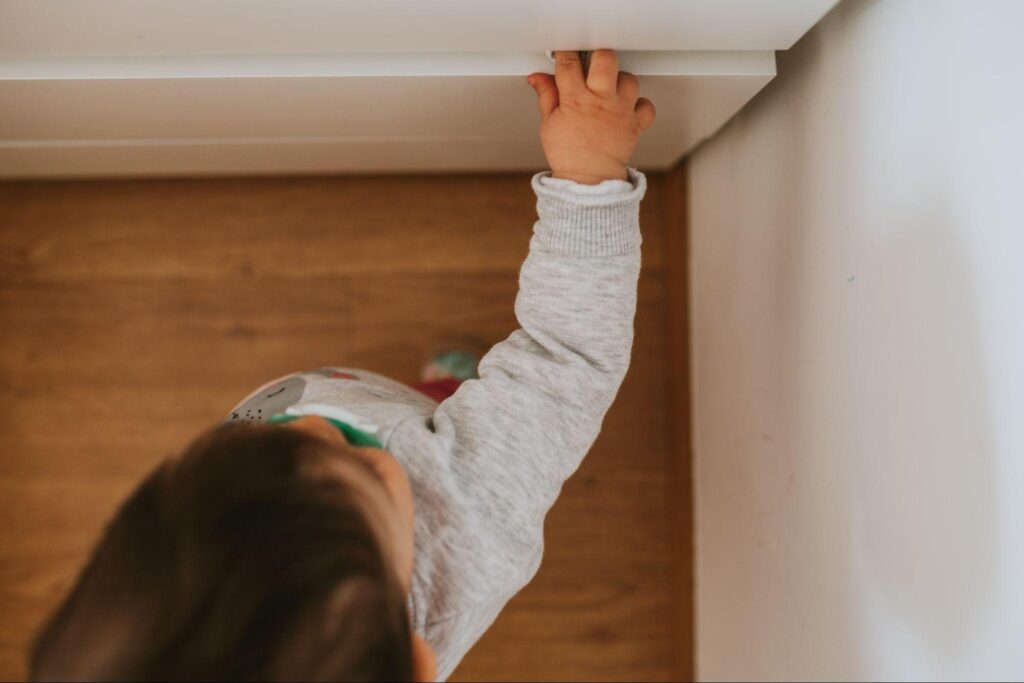
Stable, bottom-heavy furniture eliminates tipping hazards without requiring wall anchors that damage finishes. Pieces with wider bases than tops naturally resist tipping when climbed upon. This stability-focused silhouette appears in many current furniture designs, particularly those with splayed legs or substantial bases that taper upward.
Upholstery selection proves equally important. Performance fabrics have revolutionized family-friendly design, offering exceptional stain resistance and cleanability without sacrificing softness or sophisticated appearance. Brands like Crypton, Sunbrella, and Revolution offer extensive designer-approved options that withstand everything from juice spills to diaper failures.
Storage Solutions That Work Harder
Effective storage represents both a childproofing strategy and a design opportunity. Thoughtful solutions keep dangerous items inaccessible while accommodating the sudden influx of toys and gear that accompanies parenthood.
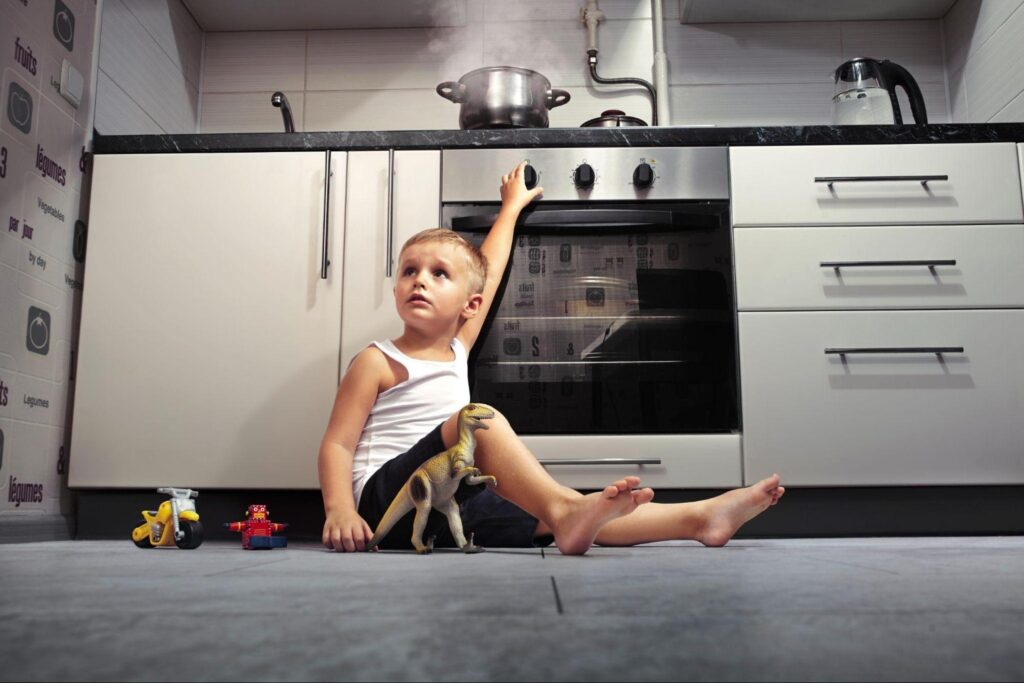
Closed storage with hidden latching mechanisms provides the safest option for items that pose hazards. Many furniture manufacturers now offer push-latch systems that eliminate the need for visible external childproofing devices. These mechanisms, hidden inside cabinets, prevent small children from accessing contents while maintaining clean lines and hardware-free appearances.
For toy storage, consider multifunctional pieces that serve design purposes while containing child-related clutter. Storage ottomans offer seating and organization while concealing colorful plastic toys that might otherwise disrupt your color scheme. Coffee tables with concealed storage compartments maintain minimalist appearances while providing quick cleanup options when visitors arrive.
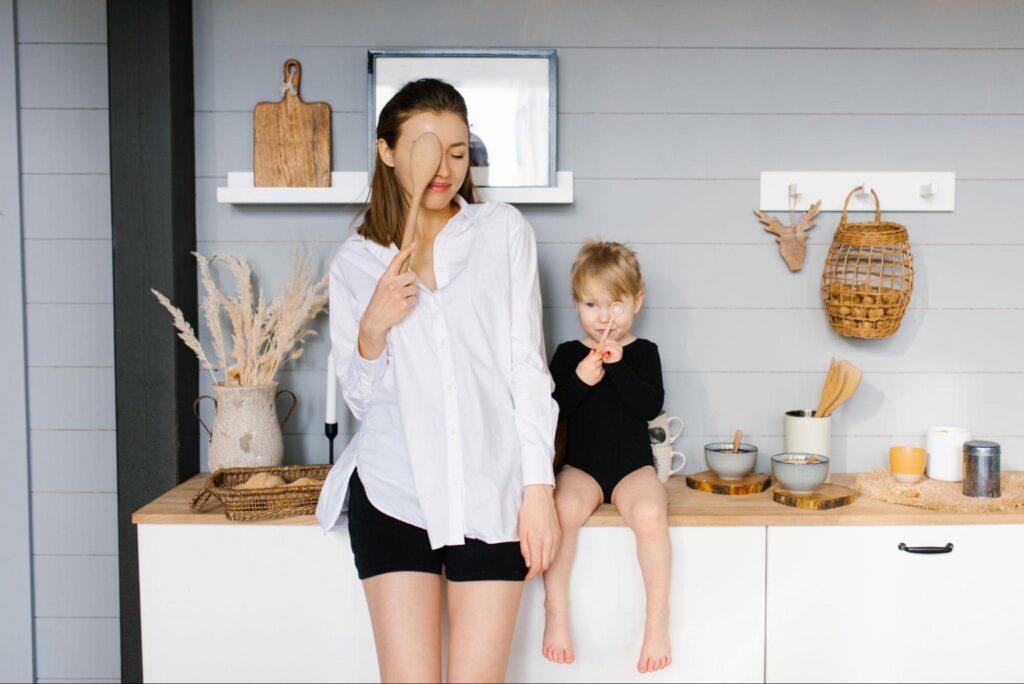
Height-appropriate open shelving gives children access to their own items without requiring adult assistance. This independence-building arrangement keeps little ones from attempting furniture climbing while allowing you to control exactly what items remain within reach.
Window Treatments That Eliminate Cord Dangers
Window coverings present particular safety challenges due to traditional cord systems that pose strangulation hazards. Fortunately, cordless options have expanded dramatically in recent years, offering safety without aesthetic compromise.
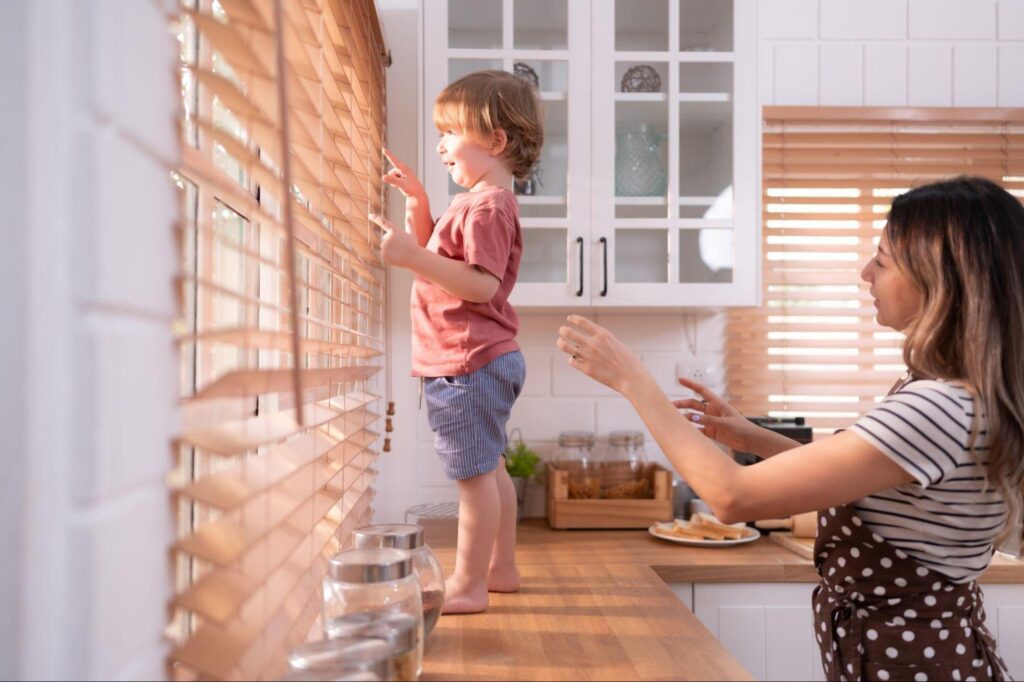
Motorized shades provide the ultimate combination of safety and sophistication. These systems eliminate cords while adding convenience through remote or smartphone operation. While representing a higher initial investment, their clean appearance and fingertip control offer advantages beyond childproofing.
For more budget-conscious approaches, many manufacturers now offer manually operated cordless systems in virtually every window treatment category. Cordless honeycomb shades, Roman blinds, and roller shades function through bottom-rail manipulation rather than dangerous cords, with designs indistinguishable from their corded counterparts.
Consider fixed window treatments like interior shutters or decorative film for bathrooms or other windows requiring both privacy and safety. These permanently installed solutions eliminate all operating mechanisms while maintaining design integrity appropriate to interior architecture.
Subtle Safety for Danger Zones
Certain areas require specific safety interventions, but these don’t need to become visual focal points. Strategic approaches and carefully selected products address safety concerns while maintaining aesthetic standards.
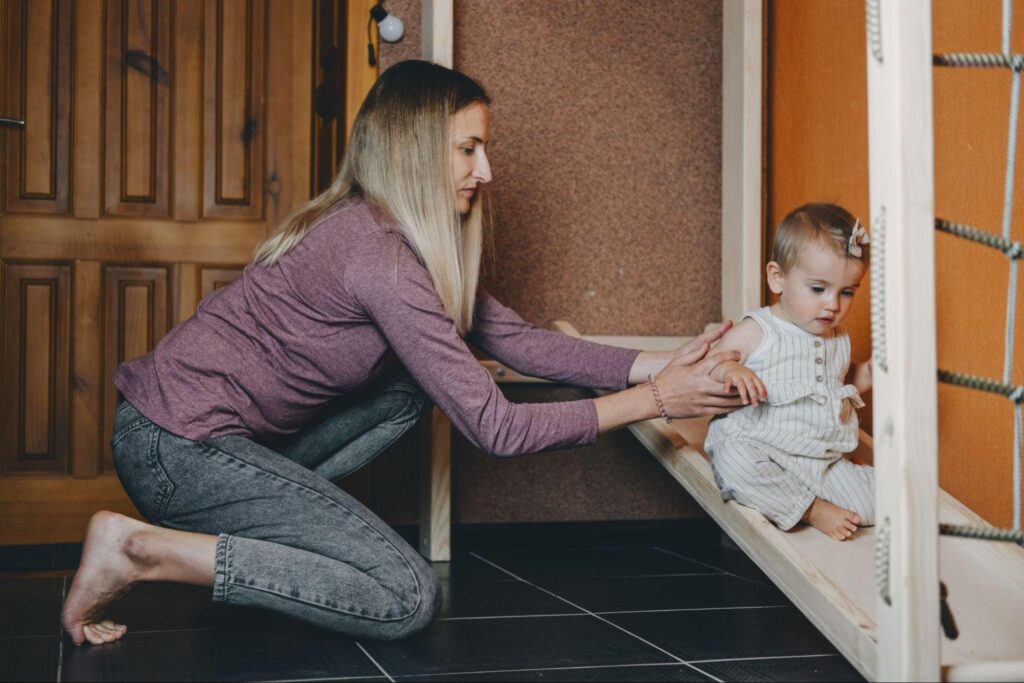
Kitchen safety presents particular challenges that benefit from integrated approaches. Consider appliances with built-in safety features like induction cooktops that remain cool to the touch or ovens with cool-front technology and lockout features. These design-forward options eliminate the need for aftermarket guards that inevitably alter appearance.
Fireplace protection becomes necessary but doesn’t dominate your living space. Tempered glass screens designed specifically for your fireplace model offer protection while maintaining a visual connection to the fire. For non-functional decorative fireplaces, consider creative repurposing with flame-free lighting or artistic displays that eliminate access concerns.
Stairways require particular attention, but protection needn’t involve plastic gates that disrupt architectural flow. Custom fabric barriers in colors matching walls almost disappear visually while providing necessary safety. For homes with distinctive architectural staircases, consider working with specialty fabricators to create safety solutions incorporating materials already present in your railings or other architectural elements.
Strategic Layouts That Create Natural Boundaries
Furniture arrangement itself can create child-safe zones without obvious barriers. Thoughtful space planning addresses many safety concerns through natural divisions that serve both functional and aesthetic purposes.
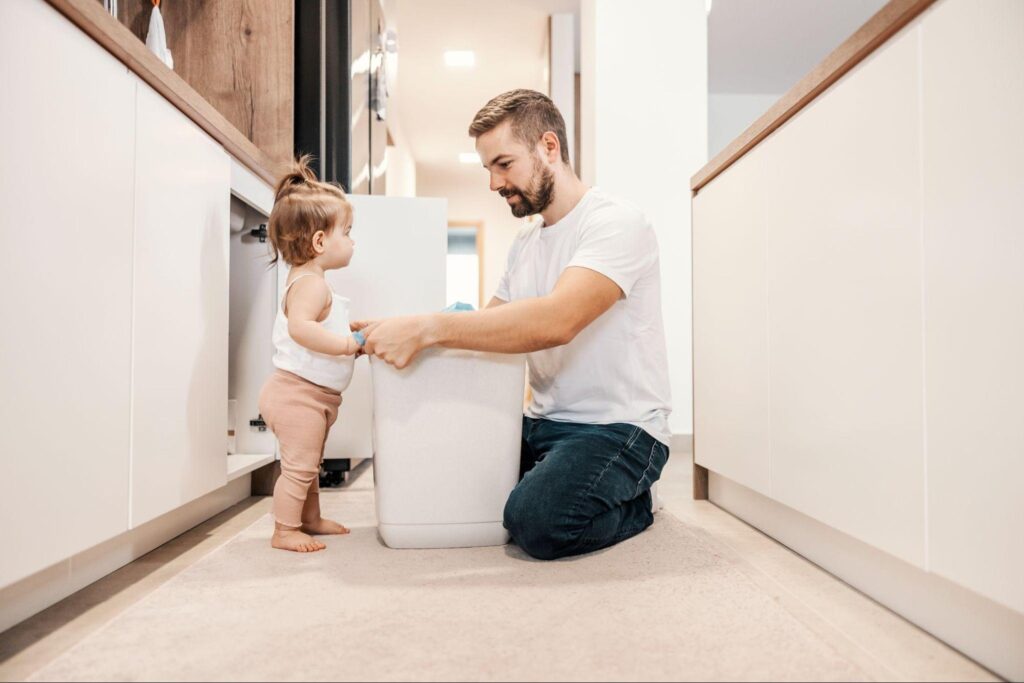
Define separate adult and child zones through furniture groupings rather than physical barriers. A sofa positioned perpendicular to a wall creates a natural room division while blocking access to areas containing more fragile or dangerous items. These arrangements maintain open sightlines essential for supervision while establishing boundaries children quickly learn to recognize.
Create distraction zones that naturally draw children away from hazardous areas. A child-height activity area positioned strategically within your main living space provides engagement that reduces interest in exploring less safe areas. When thoughtfully designed with furniture and materials complementing your overall scheme, these areas integrate seamlessly rather than appearing as obvious “kid corners.”
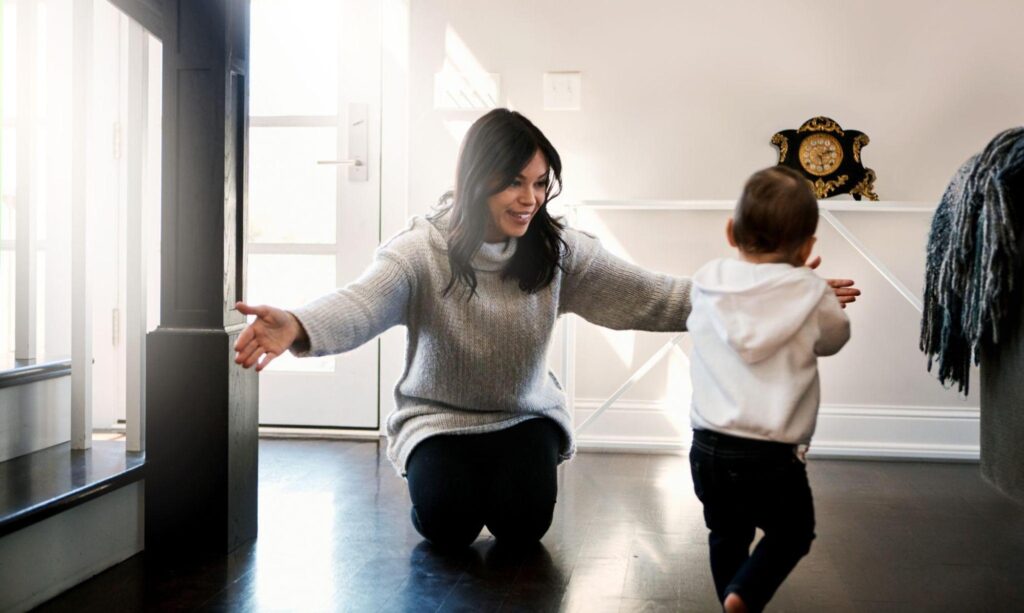
Consider traffic patterns when arranging furniture to eliminate collision hazards. Maintaining clear pathways while positioning furniture edges outside natural movement routes reduces injuries without requiring corner guards or other visible safety additions.
The Finishing Touch: Elevated Child-Specific Elements
Rather than relegating children’s items to clashing plastic afterthoughts, consider child-specific elements designed with aesthetic intention. These necessary items can contribute positively to your interior when thoughtfully selected.
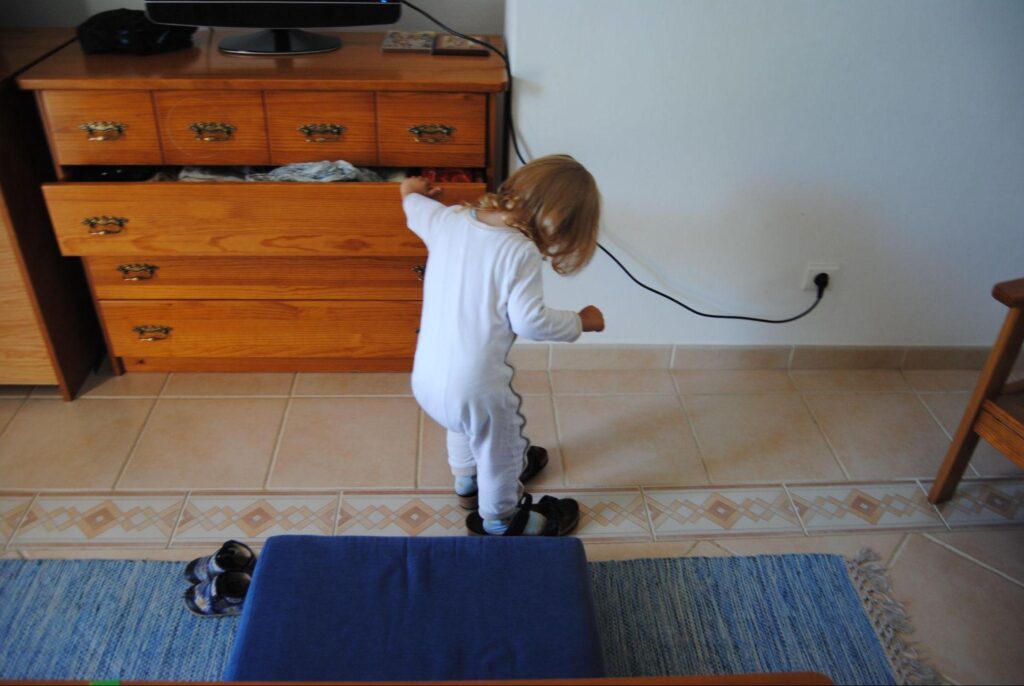
High chairs and feeding equipment now include design-forward options that complement sophisticated interiors. Brands like Stokke, Lalo, and Charlie Crane offer feeding solutions in natural materials and refined finishes that coordinate with adult furniture rather than visually competing with it.
Play equipment benefits from similar elevation. Companies like Woodmyn, Milton & Goose, and Raduga Grez create heirloom-quality toys and play furniture in natural materials and sophisticated palettes. These items support development while enhancing rather than detracting from carefully designed interiors.
For unavoidable safety items, seek the most minimal, neutral versions possible. Cabinet latches, outlet covers, and corner protectors now come in clear materials or colors matching your existing hardware and finishes. These subtle options fulfill safety requirements while minimizing visual disruption.
With thoughtful product selection and strategic design decisions, today’s parents can create spaces that prioritize child safety without surrendering personal style. The key lies in addressing safety concerns through design itself rather than applying obvious safety devices as afterthoughts.

Hi, I’m Christian, a 43-year-old father of two and a lifelong DIY enthusiast. My workshop is where I spend countless hours experimenting, upgrading, and fine-tuning. Sharing my experiences and practical advice is my way of helping others create homes they love.

